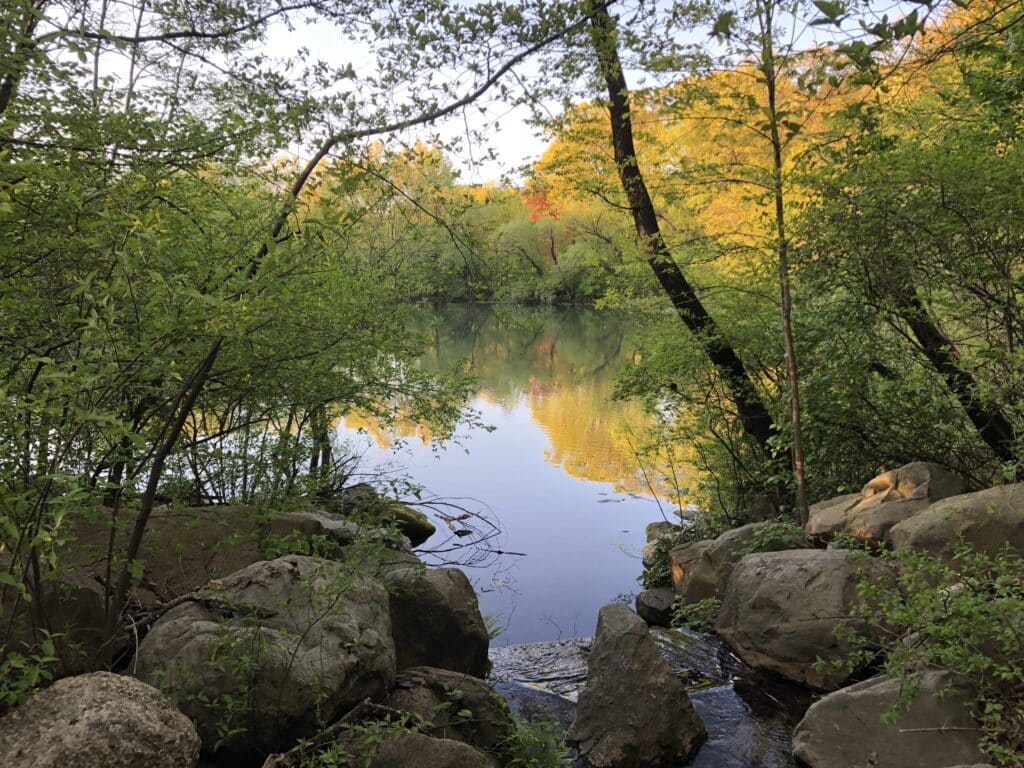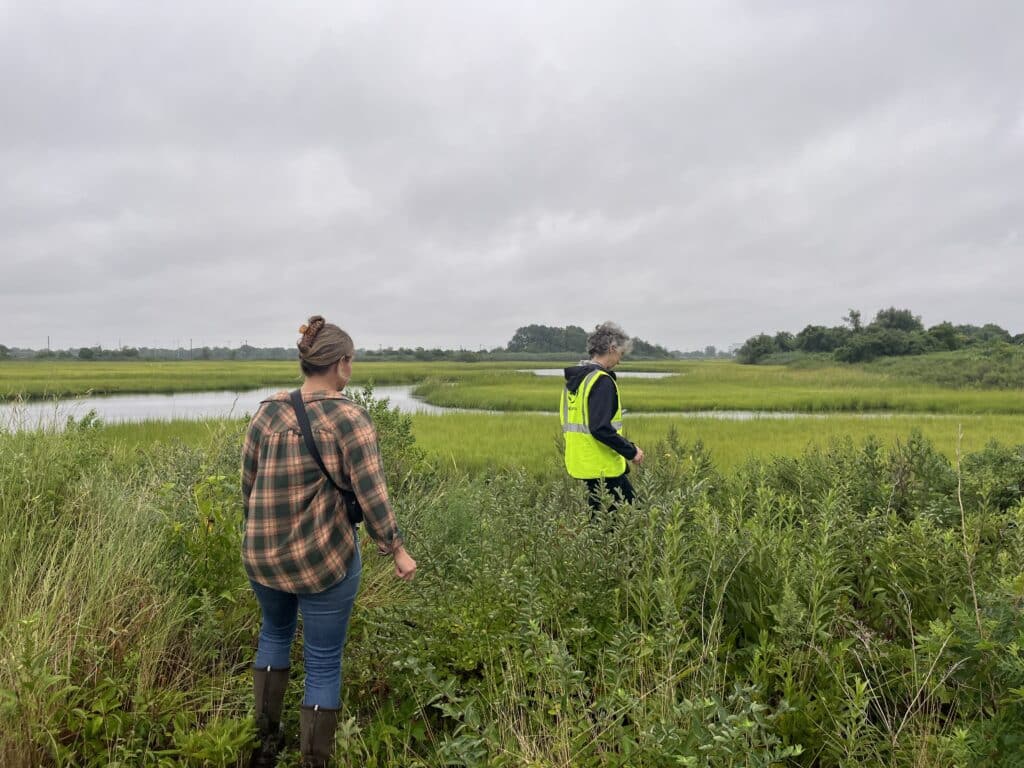Natural Area Forests in US Cities: Opportunities and Challenges
By Clara C. Pregitzer, Sarah Charlop-Powers, Mark A. Bradford
By Clara C. Pregitzer, Sarah Charlop-Powers, Mark A. Bradford
Not all urban greenspace is the same. Natural area forests can provide more benefits than designed landscapes, and healthy natural area forests can provide more benefits than degraded and invaded forests. Yet there is little information about the scale of natural areas in cities and their management systems. We used data sets on city parkland from across the United States and surveyed practitioners to understand urban natural area forest extent and management. We find that urban natural areas are a dominant greenspace land cover, accounting for 68% of total city parkland across 96 of the most populous cities in the United States in 2019. In the same cities over a five-year period (2014–2019), natural area parkland decreased by 4% (15,264 hectares). At municipal scales, most cities are managing forested natural areas to conserve native species. Across the 108 organizations and 92 cities that responded to our online survey, many different management interventions are being used to steer forest structure and composition. These activities and their outcomes are being tracked nearly 70% of the time by the managing organizations, suggesting a strong data basis for adaptive management. However, challenges exist: 94% of organizations cite invasive species and limited funding as primary challenges. Lack of data and low public awareness of the value of natural areas are also considered primary challenges by more than 70% of the organizations surveyed. As cities embark on efforts to expand and improve greenspace, protecting natural area parkland from development and addressing the challenges managers of these ecosystems face are two very important goals.
Journal: Journal of Forestry
DOI: https://doi.org/10.1093/jofore/fvaa055
Read Article(this link opens in new window)
Urban stormwater management is a growing challenge in the face of climate change, especially in cities like New York with aging gray infrastructure and increasing impervious surfaces. This report, “Reducing Runoff: The Role of Urban Natural Areas in Stormwater Management,” presents a comprehensive analysis of how urban natural areas, including ...

Urban natural areas are crucial for enhancing city livability and environmental health but are often overlooked, underfunded, and missing formal protection, which leads to loss of ecological benefits, missed opportunities for community engagement and nature access, and overall loss of natural areas. Governance structures for urban forested natur...

In New York City, tidal wetlands are a critical part of coastal resiliency and provide numerous ecological and social benefits. State and federal wetlands mitigation regulations require that development resulting in wetland impacts offset those losses through wetland creation, restoration, and enhancement – with a ...
